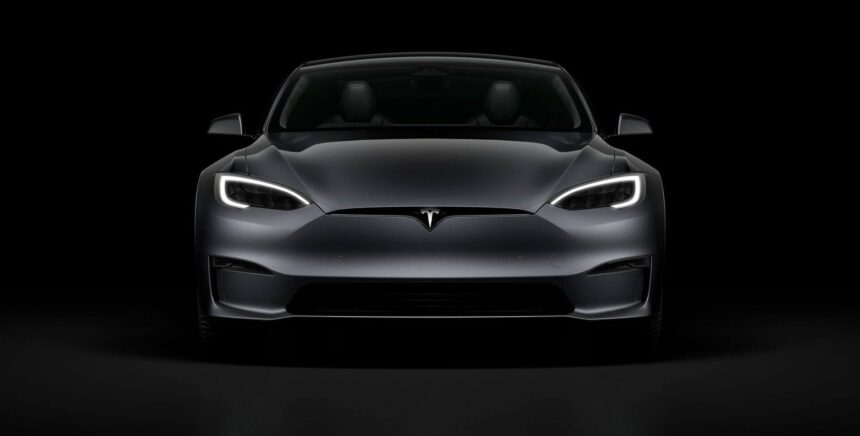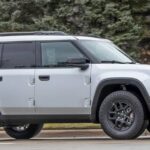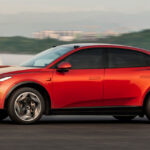Smart Electric Vehicles Debate: LiDAR vs. Pure Vision
When driving at night in China, large trucks with broken taillights are likely to be seen, posing a challenge to camera recognition, Li Auto’s CEO said. The debate over whether smart electric vehicles (EVs) should carry LiDAR continues, with the CEO of Li Auto defending the use of the component in his company’s models.
“I believe that if Musk had ever driven on different highways in China deep in the night, he would have chosen to keep a LiDAR in the front as well,” Li Xiang, founder, chairman, and CEO of Li Auto, said at an AI Talk event.
Li mentioned this in response to a question about why Li Auto is using LiDAR when Elon Musk’s Tesla isn’t. Tesla takes safety just as seriously, but Musk needs to understand the driving environment in China, Li said. Li Auto is reserving its use of LiDAR, not because the technology is bad, but because of safety.
“China is different from the US. If you regularly drive at night in China, you’ll see large trucks with broken taillights, and the large trucks with broken taillights maybe even parked right on the main road,” the Li Auto CEO said.
Currently, in an unlit environment deep in the night, cameras can only see objects slightly more than 100 meters away at best, but LiDAR has a detection range of 200 meters, he said. It is with the support of this capability of LiDAR that Li Auto is able to implement the AEB (automatic emergency braking) function at speeds of 130 kilometers per hour.
“I think it’s very important because our cars are family-oriented and the safety of everyone’s life is very important,” he said. “That’s the fundamental reason we continue to keep LiDAR and will still keep it in future models.”
Tesla, on the other hand, is a proponent of the pure vision smart driving solution, with its management expressing dislike for LiDAR several times over the past few years. On December 10, Tesla’s vice president of external affairs Grace Tao reiterated Musk’s judgment on the autonomous driving route in a Weibo post, stating that only pure vision will enable safer and smarter fully autonomous driving.
In China, LiDAR is now used on basically all mainstream high-end EVs. Xpeng, on the other hand, ditched the use of LiDAR for its new sedan, the P7+, which was launched on November 7. The company made regulatory filings for the facelifted G6 and G9, with specs hinting at the removal of the LiDAR option for both SUV models.
This article was first published by Phate Zhang on CnEVPost, a website focusing on new energy vehicle news from China.







